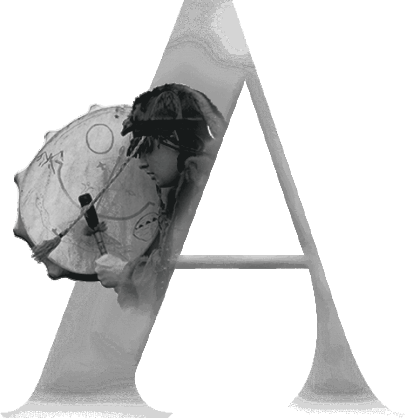Rites of Passage: How Shamans Helped People Through Life’s Turning Points
In every person’s life, there are moments when “nothing will ever be the same again.” Birth, coming of age, marriage, death. In shamanic cultures, these breaking points were called rites of passage.
Shamans treated them very seriously, because during such times the soul is especially vulnerable — as if standing on a narrow bridge between worlds. That’s when a shaman was needed: the one holding the lantern while you crossed.
Shamans treated them very seriously, because during such times the soul is especially vulnerable — as if standing on a narrow bridge between worlds. That’s when a shaman was needed: the one holding the lantern while you crossed.

Birth: a “newcomer” to this world
In Siberian traditions, birth was seen not just as joy, but also as a time of risk. It was believed that the newborn’s soul had not yet fully settled into the body and could “fly away.” That’s why people wove a protective web of rituals around infants:
It was as if the community formally presented the baby to the world: “Here is our new neighbor. Please protect him, do not harm him.”
- making amulets from wood or cloth;
- calling on helping spirits to take the child under their care;
- offering gifts to the spirits of the land and water — because a new person had to be “introduced” to the powers of nature.
It was as if the community formally presented the baby to the world: “Here is our new neighbor. Please protect him, do not harm him.”
Coming of age: an exam without cheat sheets
Adolescence in shamanic tradition was not just “oh, it’s their teenage phase,” but a true initiation. Shamans guided these rites of passage — challenges through which a boy or girl stepped into adulthood. Sometimes these were physical trials, sometimes spiritual ones, such as seeking out a personal guardian spirit.
The shaman acted like a wise mentor: offering encouragement, whispering words of power, and gently reminding that adulthood isn’t only about wearing new ornaments or belts, but about taking responsibility.
The shaman acted like a wise mentor: offering encouragement, whispering words of power, and gently reminding that adulthood isn’t only about wearing new ornaments or belts, but about taking responsibility.
Death: the final passage
Perhaps the most serious and sacred part of a shaman’s work was helping the soul of the deceased. In Siberian belief, a soul without a guide could get stuck “between worlds” and trouble the living. The shaman’s role was to escort it safely to the ancestors.
- Calling on helping spirits to show the way.
- Singing special songs to open the road.
- Teaching the family how to honor the departed so that the connection with the lineage remained unbroken.
Why all of this?
Rites of passage were never “just for tradition’s sake.” Their main purpose was to protect the wholeness of the soul and keep harmony between the person and the spirit world. In the shamanic view, every transition carried risk: one could lose a part of himself or upset the balance. The shaman was the one who helped ensure the journey through was safe.
Even in the 21st century, this wisdom remains relevant. Transitions are part of our lives: changing jobs, moving to a new place, entering or ending relationships, going through personal crises. Shamanic rites continue to help people navigate these shifts, offering spiritual support and restoring inner strength.
